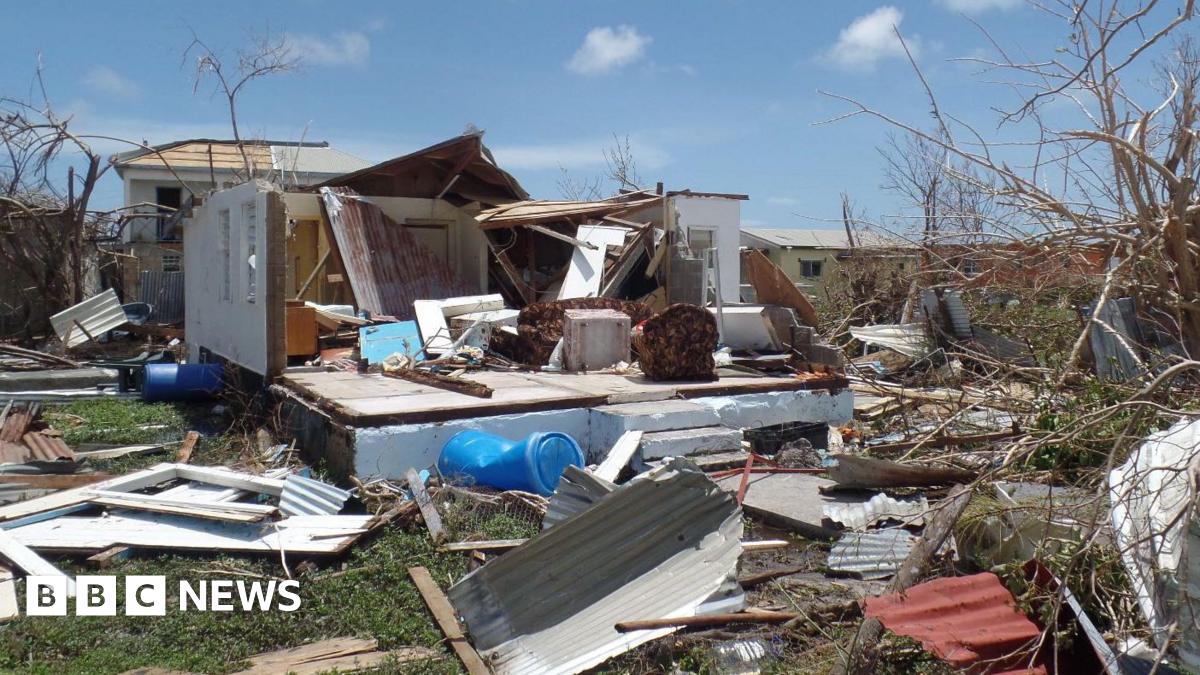While some Caribbean countries – like British territory Turks and Caicos, also battered by Irma – have emergency cash reserves that can help with post-storm restoration, others do not have that luxury.
For deeply indebted nation Antigua and Barbuda, agencies like the United Nations Development Programme (UNDP) are a lifeline in the aftermath of a natural disaster.
The country’s prime minister Gaston Browne estimated the cost of rebuilding Barbuda after Irma, where 90% of buildings were damaged, topped $200m (£148m). Help came from China, the European Union and Venezuela, among others.
In 2017, the UNDP stumped up $25m for Barbuda and the island country of Dominica, which was ravaged by Hurricane Maria that same month.
The money restored more than 800 wrecked buildings across the two islands. But the body’s intervention was crucial in other ways too.
With livelihoods destroyed, the UNDP’s cash-for-work programme hired hundreds of local residents who had suddenly found themselves unemployed.
They assisted with everything from debris removal to reconstruction of homes and infrastructure, including Barbuda’s hospital and post office, the UNDP’s Luis Gamarra tells the BBC.
“Injecting economic resources into affected families helps reactivate the local economy,” he says.
Almost 1,000 contractors were also trained in more resilient “build back better” techniques, to safeguard structures against future disasters.
“The climate is changing and putting more pressure on governments and communities. Storms are becoming more frequent, more intense and happening earlier in the year too,” Mr Gamarra continues.
